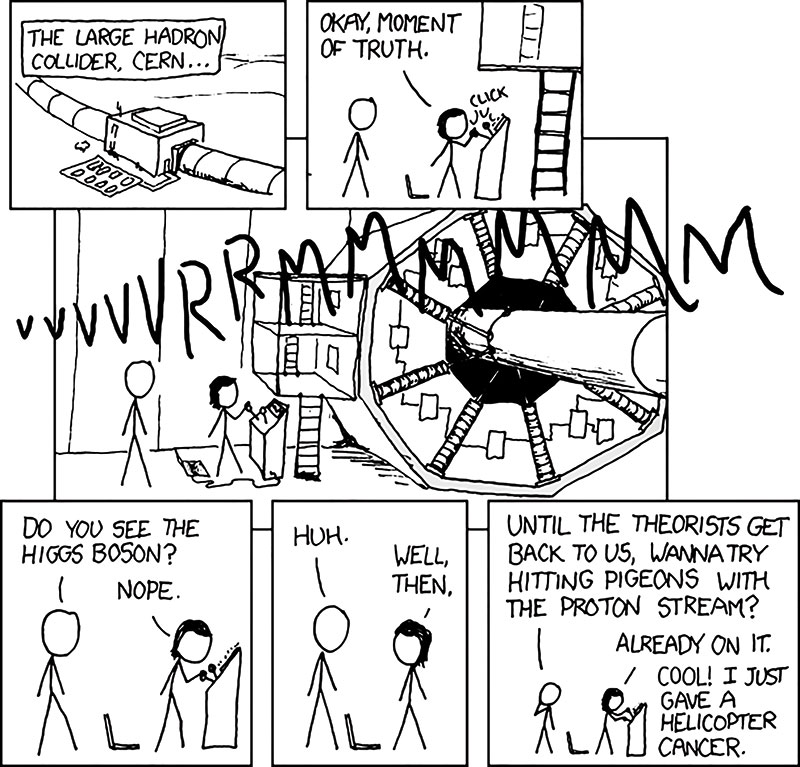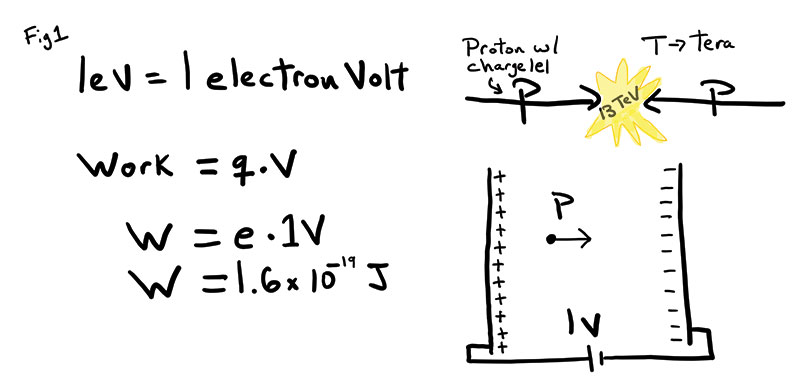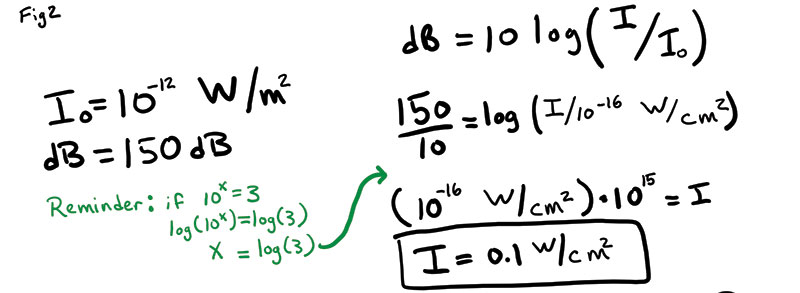The Physicist’s Hot Apple Cider
Fall
2022
Physics Puzzler
The Physicist’s Hot Apple Cider
Brad Conrad, Director, SPS and Sigma Pi Sigma
 As leaves start to turn and things begin to cool off in the Northern Hemisphere (or be not quite as warm as you might prefer in the Southern), you might be craving a cup of hot, cinnamony apple cider. As a physicist, you might wonder about the best way to heat up your drink. SPS is here to help! In fact, we can turn this seemingly simple question into an amazing physics conundrum that pulls together all kinds of physics you might know (or want to know).
As leaves start to turn and things begin to cool off in the Northern Hemisphere (or be not quite as warm as you might prefer in the Southern), you might be craving a cup of hot, cinnamony apple cider. As a physicist, you might wonder about the best way to heat up your drink. SPS is here to help! In fact, we can turn this seemingly simple question into an amazing physics conundrum that pulls together all kinds of physics you might know (or want to know).
Would it be faster to heat up a cup of apple cider with a standard microwave, the sound power of a jet engine, or a particle beam from the LHC?
First, some background information. What is an LHC?!? As you might know from modern physics, particle physicists accelerate and smash together atoms or particles to learn how matter and the universe are put together. (Sidenote: That approach doesn’t usually work with electronic devices.) The world’s biggest particle accelerator is currently the Large Hadron Collider (LHC). It’s also the world’s most powerful accelerator, boosting particles up to energies as high as 6.5 TeV (tera electron volts) and colliding particles at a rate of about 109 times per second. As a reminder, an electron volt is the energy equal to the work done on an electron in accelerating it through a potential difference of one volt. The LHC is famous for discovering the Higgs boson, an elementary particle that gives some particles mass.1, 2

Second, it would be really helpful to know how much energy is in a jet engine’s roar. A jet engine can reach up to 150 dB at a safe 30 meters away.3 dB is the abbreviation for decibel, which is a relative measurement of sound intensity with units of power per unit area. Most sound intensity measurements are relative to a generally accepted threshold of hearing Io. Let’s start by assuming 150 dB:


Third, we need to know the power of a standard microwave. You can look inside the one closest to your dorm/apartment/home, but most are about 1,000 watts (which is pretty powerful). Here, it’s helpful to remember the definition of power, P, see Fig. 3.
Now I’ll hand off the puzzle to you.
If you had a mug of apple cider at room temperature and wanted it hot but not quite boiling, how long would you need to wait if your heat source was an LHC particle beam? The sound of a jet engine? A microwave?
References
1. M. Riordan, “CERN’s Higgs Boson Discovery,” Phys. Today (June 2022), physicstoday.scitation.org/do/10.1063/PT.6.4.20220630a/full/.
2. See the minutephysics YouTube video, “The Higgs Boson, Part 1,” at youtube.com/watch?v=9Uh5mTxRQcg.
3. K. L. Gee, T. B. Neilsen, and A. T. Wall, “The ‘Sound of Freedom’: Characterizing jet noise from high-performance military aircraft,” Acoust. Today (July 2013), acousticstoday.org/sound-freedom-characterizing-jet-noise-high-performance-military-aircraft/.
